Nationality Carpathian German Role Physicist | Name Philipp Lenard Known for Cathode rays | |
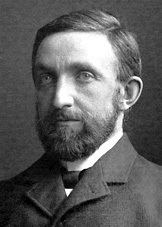 | ||
Born Philipp Eduard Anton von Lenard7 June 1862Pressburg, Kingdom of Hungary, Austrian Empire ( 1862-06-07 ) Institutions University of BudapestUniversity of BreslauUniversity of AachenUniversity of HeidelbergUniversity of Kiel Alma mater University of Heidelberg Doctoral advisor R. Bunsen,G. H. Quincke Books Great Men of Science: A History of Scientific Progress Similar People Wilhelm Rontgen, Johannes Stark, Heinrich Hertz, J J Thomson, William Crookes | ||
PHILIPP LENARD - WikiVidi Documentary
Philipp Eduard Anton von Lenard (7 June 1862 – 20 May 1947) was a German physicist and the winner of the Nobel Prize for Physics in 1905 for his research on cathode rays and the discovery of many of their properties. He was a nationalist and anti-Semite; as an active proponent of the Nazi ideology, he had supported Adolf Hitler in the 1920s and was an important role model for the "Deutsche Physik" movement during the Nazi period. Notably, he had labeled Albert Einstein's contributions to science as constituting "Jewish physics".
Contents
- PHILIPP LENARD WikiVidi Documentary
- The Man Who Stalked Einstein A Tale of Scientific Differences Envy and Ethnic Prejudice
- Early life and work
- Photoelectric investigations
- Meteorological contributions
- Deutsche Physik
- Later life
- Honours and awards
- References
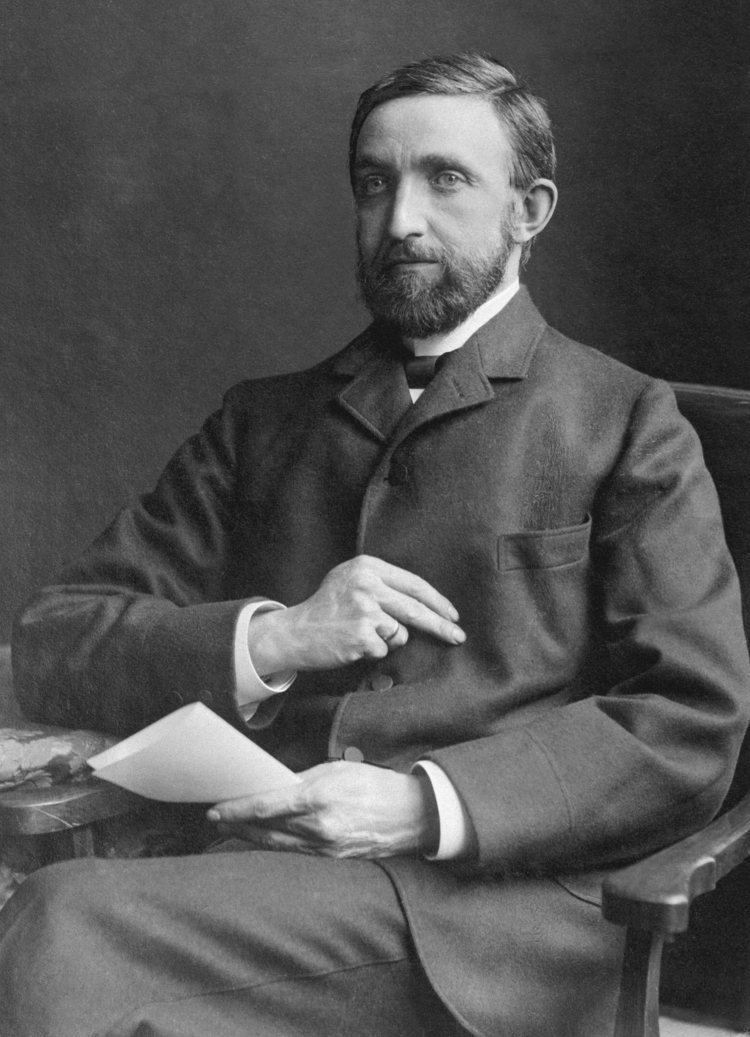
The Man Who Stalked Einstein: A Tale of Scientific Differences, Envy, and Ethnic Prejudice
Early life and work
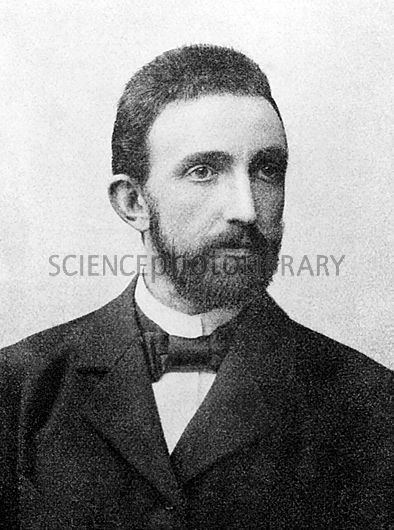
Philipp Lenard was born in Pressburg (today's Bratislava), on 7 June 1862. The Lenard family had originally come from Tyrol in the 17th century, and Lenard's parents were German-speakers (Carpathian Germans). His father, Philipp von Lenardis (1812–1896), was a wine-merchant in Pressburg. His mother was Antonie Baumann (1831–1865). The young Lenard studied at the Pozsonyi Királyi Katolikus Főgymnasium (today Gamča) and as he writes it in his autobiography, this made a big impression on him (especially the personality of his teacher, Virgil Klatt). In 1880 he studied physics and chemistry in Vienna and in Budapest. In 1882 Lenard left Budapest and returned to Pressburg, but in 1883 moved to Heidelberg after his tender for an assistant's position in the University of Budapest was refused. In Heidelberg he studied under the illustrious Robert Bunsen, interrupted by one semester in Berlin with Hermann von Helmholtz, and obtained his doctoral degree in 1886. In 1887 he worked again in Budapest under Loránd Eötvös as a demonstrator. After posts at Aachen, Bonn, Breslau, Heidelberg (1896–1898), and Kiel (1898–1907), he returned finally to the University of Heidelberg in 1907 as the head of the Philipp Lenard Institute. In 1905 Lenard became a member of the Royal Swedish Academy of Sciences and in 1907 of the Hungarian Academy of Sciences.
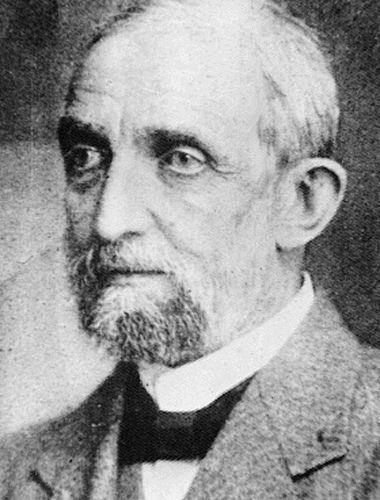
His early work included studies of phosphorescence and luminescence and the conductivity of flames.
Photoelectric investigations
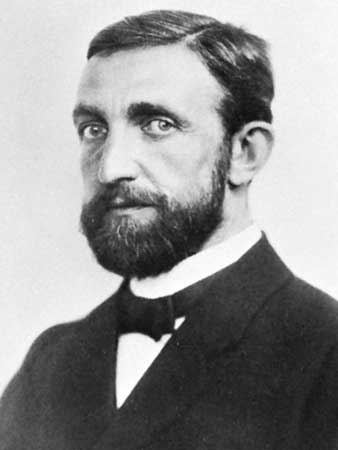
As a physicist, Lenard's major contributions were in the study of cathode rays, which he began in 1888. Prior to his work, cathode rays were produced in primitive, partially evacuated glass tubes that had metallic electrodes in them, across which a high voltage could be placed. Cathode rays were difficult to study using this arrangement, because they were inside sealed glass tubes, difficult to access, and because the rays were in the presence of air molecules. Lenard overcame these problems by devising a method of making small metallic windows in the glass that were thick enough to be able to withstand the pressure differences, but thin enough to allow passage of the rays. Having made a window for the rays, he could pass them out into the laboratory, or, alternatively, into another chamber that was completely evacuated. These windows have come to be known as Lenard windows. He was able to conveniently detect the rays and measure their intensity by means of paper sheets coated with phosphorescent materials.
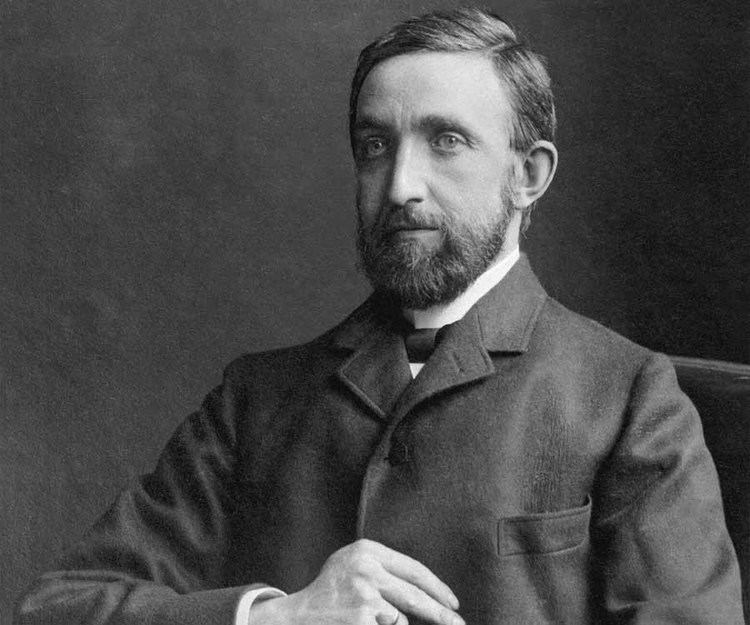
Lenard observed that the absorption of the rays was, to first order, proportional to the density of the material they were made to pass through. This appeared to contradict the idea that they were some sort of electromagnetic radiation. He also showed that the rays could pass through some inches of air of a normal density, and appeared to be scattered by it, implying that they must be particles that were even smaller than the molecules in air. He confirmed some of J.J. Thomson's work, which eventually arrived at the understanding that cathode rays were streams of negatively charged energetic particles. He called them quanta of electricity or for short quanta, after Helmholtz, while J.J. Thomson proposed the name corpuscles, but eventually electrons became the everyday term. In conjunction with his and other earlier experiments on the absorption of the rays in metals, the general realization that electrons were constituent parts of the atom enabled Lenard to claim correctly that for the most part atoms consist of empty space. He proposed that every atom consists of empty space and electrically neutral corpuscules called "dynamids", each consisting of an electron and an equal positive charge.
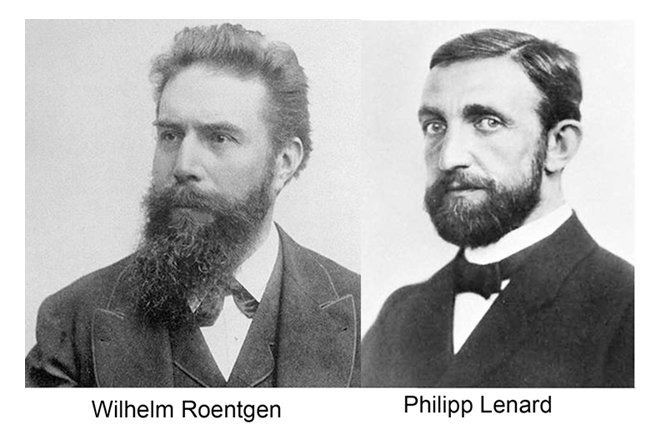
As a result of his Crookes tube investigations, he showed that the rays produced by irradiating metals in a vacuum with ultraviolet light were similar in many respects to cathode rays. His most important observations were that the energy of the rays was independent of the light intensity, but was greater for shorter wavelengths of light.
These latter observations were explained by Albert Einstein as a quantum effect. This theory predicted that the plot of the cathode ray energy versus the frequency would be a straight line with a slope equal to Planck's constant, h. This was shown to be the case some years later. The photo-electric quantum theory was the work cited when Einstein was awarded the Nobel Prize in Physics. Suspicious of the general adulation of Einstein, Lenard became a prominent skeptic of relativity and of Einstein's theories generally; he did not, however, dispute Einstein's explanation of the photoelectric effect.
Meteorological contributions
Lenard was the first person to study what has been termed the Lenard effect in 1892. This is the separation of electric charges accompanying the aerodynamic breakup of water drops. It is also known as spray electrification or the waterfall effect.
He conducted studies on the size and shape distributions of raindrops and constructed a novel wind tunnel in which water droplets of various sizes could be held stationary for a few seconds. He was the first to recognize that large raindrops are not tear-shaped, but are rather shaped something like a hamburger bun.
Deutsche Physik
Lenard is remembered today as a strong German nationalist who despised "English physics", which he considered to have stolen its ideas from Germany. He joined the National Socialist Party before it became politically necessary or popular to do so. During the Nazi regime, he was the outspoken proponent of the idea that Germany should rely on "Deutsche Physik" and ignore what he considered the fallacious and deliberately misleading ideas of "Jewish physics", by which he meant chiefly the theories of Albert Einstein, including "the Jewish fraud" of relativity (see also criticism of the theory of relativity). An advisor to Adolf Hitler, Lenard became Chief of Aryan physics under the Nazis.
Some measure of Lenard's views on certain scientists may be deduced through examination of Lenard's book, Great Men in Science, A History of Scientific Progress, first published in 1933. The book was translated into English by Dr. H. Stafford Hatfield with an introduction by the famous scientist Edward Andrade of University College London (ironically, a Sephardic Jew himself) and was widely read in schools and universities after the Second World War. The individual scientists selected for inclusion by Lenard do not include Einstein or Curie, nor any other twentieth century scientist. Andrade noted that "A strong individuality like that of the writer of this book is bound to assert strongly individual judgements". The publisher included what now appears to be an equally remarkable note on page xix of the 1954 English edition: "While Professor Lenard's studies of the men of science who preceded him showed not only profound knowledge but also admirable balance, when it came to men of his own time he was apt to let his own strong views on contemporary matters sway his judgment. In his lifetime he would not consent to certain modifications that were proposed in the last study of the series".
Later life
Lenard retired from Heidelberg University as professor of theoretical physics in 1931. He achieved emeritus status there, but he was expelled from his post by Allied occupation forces in 1945 when he was 83. He died in 1947 in Messelhausen, Germany.
